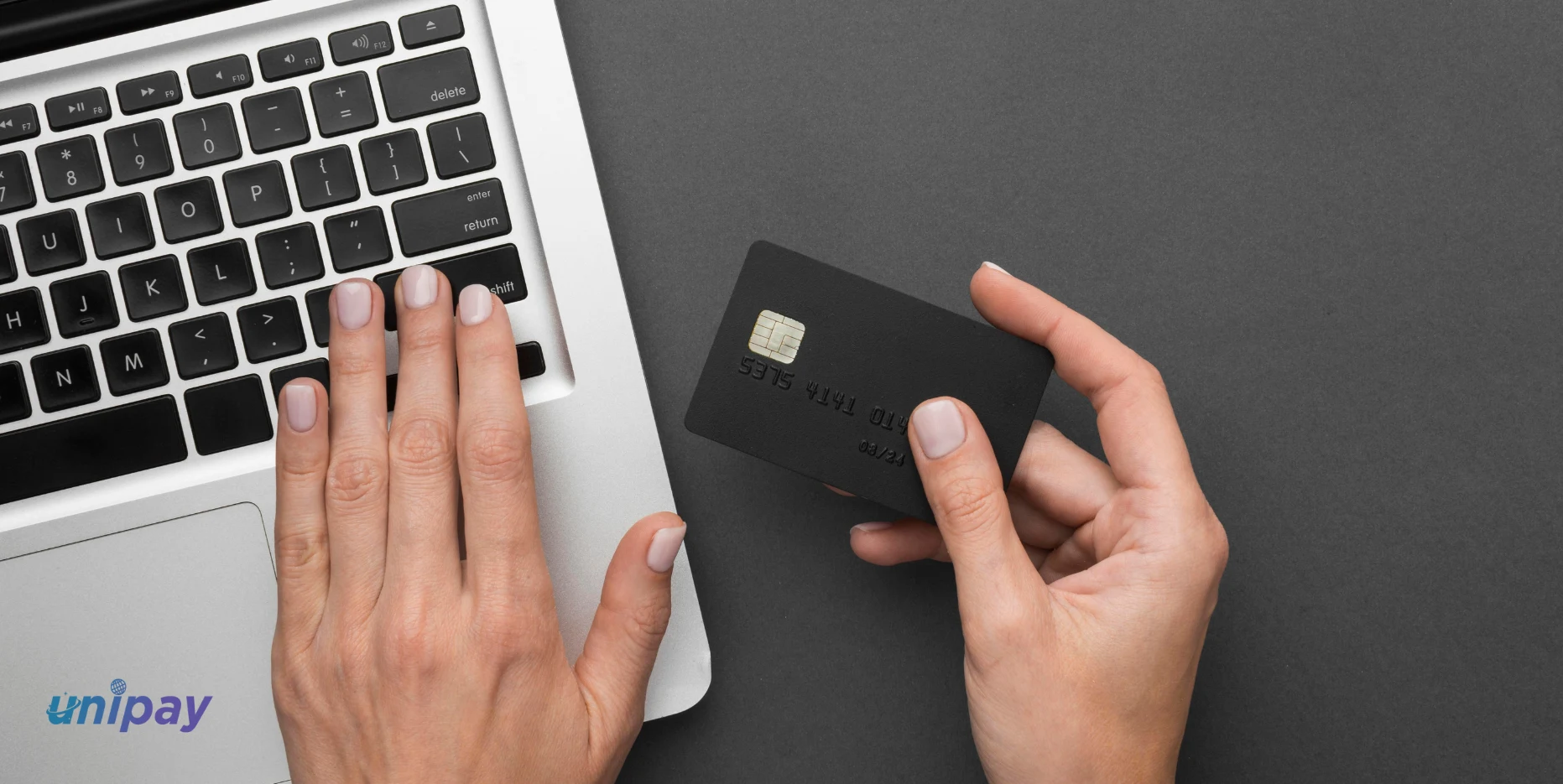Few people realise that remittance is much more than just the movement of money from one place to another. It is the bridge between families, the fuel for education, and sometimes the lifeline for businesses.
Every day, people send and receive funds across borders, whether it’s parents supporting children abroad, companies paying overseas suppliers, or students receiving money for their studies. These movements fall broadly into two categories: inward remittance and outward remittance.
In this guide, we’ll break down both types of remittance, how inward and outward funds typically move, and explores how we can make the transaction simple, secure and transparent for you.
What is Remittance?
In simple terms, a remittance is the money sent by a person employed or situated in one country to family, friends, or organisations in another country. It is a means of international money transfer that is incredibly important in today’s interconnected economy.
Why remittances matter:
- Improves living standards: Assists families by being able to buy essential items for their well-being, like food, housing, and education.
- Stimulates local economies: Helps fund small businesses and community projects.
- Helps reduce poverty: Supply regular income to vulnerable households.
- Provides needed services: Pay for health care, school fees, and emergency needs.
Examples in action:
- A worker in the Gulf sending money back home to India.
- An African family receiving funds from relatives in Europe.
- A freelancer based in India who is getting paid by a client in the United States via an international wire transfer.
Inward Remittance: Money Coming Into the Country
Inward remittance simply means funds moving from outside the country into a bank account in your home country. In terms of India, inward remittance is money received from foreign banks or accounts into an Indian bank account.
Some common uses being:
- Family support: NRIs who send money back home for living expenses or school fees.
- Overseas salaries: Indians sending money for salaries as remote workers for foreign companies.
- Export payments: Businesses receiving funds from global buyers.
How We Handle Inward Remittance At Unipay:
- RBI-authorised channels: fully compliant with rules under FEMA and RBI.
- Secure processing: after all, we are routing transactions in trusted processing systems like SWIFT.
- Transparent charges: upfront fees based on sending and receiving amounts, no hidden deductions.
- Fast credit: quickly sent to the beneficiary’s accounts if you timetable it well!
- Currency conversion: at competitive rates.
For many, inward remittance is not about just the transaction, but rather an important link to family and livelihood.
Outward Remittance: Money Sent Abroad
Outward remittance is sending money from an Indian resident to a recipient outside of India. This means converting Indian Rupees into a currency of the destination country by using an authorized international money transfer service.
Common reasons for outward remittance:
- Paying the tuition and living expenses of student contemplating overseas education.
- Paying for travel or health treatment.
- Making an investment in overseas shares or overseas property.
- Making a remittance to a family member overseas.
- Paying over-seas business invoices.
Regulations to know:
Outward remittance is treated by India as a general matter under the Foreign Exchange Management Act (FEMA) as well as under the Liberalised Remittance Scheme (LRS).
This means there are certain rules around the transfer, including an annual limit on transferring money outside India that is currently USD$250,000 per person for eligible purposes.
Clients must also prove their identity and residency status using either a purpose code on the remittance, a PAN, and KYC rules will apply to all transfers.
With Unipay, Outward Remittance Means:
1. A cost-effective transfer or competitive forex rates: You get the most rupee for your dollar.
2. RBI compliant transfer: Your transactional activity meets the laws and regulations set by the Reserve Bank of India.
3. Known price: You will know precisely what you are spending your money on:
4. Safe transfer: Transferring money through Unipay means you’re working with a bank that has been authorized to deliver money: you can trust the delivery.
5. Easy and Quick: We provide minimal paperwork processes, and a quick turnaround time.
Whether you’re sending money overseas for education, travel, or an investment, we will make the process easy and timely.
Key Differences Between Inward and Outward Remittance
| Aspect | Inward Remittance | Outward Remittance |
| Definition | Money is received from abroad into the home country. | Money is sent from home country to a foreign country. |
| Direction of flow | Into India. | Out of India. |
| Sender location | The sender might be based overseas. | The sender is based in India. |
| Recipient location | Based in India. | Based overseas. |
| Common purposes | Family support, export payments, overseas salaries. | Education, travel, investments, medical expenses. |
| Regulation | FEMA and RBI rules, generally less restrictive. | FEMA, RBI, and LRS, with purpose codes and annual limits. |
| Transaction limits | Typically, no strict personal limits. | USD 250,000 per financial year per person under LRS. (Might vary) |
| Documentation | Basic ID and bank details. | PAN, Form A2, KYC, purpose declaration. |
| Tax implications | Usually not taxable unless income-generating. | May attract TCS depending on purpose. |
| Forex impact | Increases national reserves. | Reduces national reserves. |
| Approval needs | Rarely requires prior approval. | Large amounts may need approval. |
How Unipay Forex Simplify Remittances
We have made both inward remittance and outward remittance simple so you can concentrate on what really matters, not paperwork.
Our process:
- Consultation: We provide guidance on documentation and purpose codes.
- Verification: Undergo KYC (Know Your Customer) and comply according to RBI (Reserve Bank of India) guidelines.
- Transaction set-up: You receive confirmation of a transparent exchange rate.
- Secure transfer: We send your funds using only authorised wire transfer channels.
- Confirmation: You receive proof of transaction and timelines expected to credit.
Tips for a Smooth Remittance Experience
A little foresight can save you both delays and unnecessary costs. For both inward and outward remittances:
- Check your documents: ID, PAN, and bank details should all be up-to-date.
- Check your beneficiary details: One incorrect account number can lead to a costly error!
- Monitor exchange rates: Pick the best time to transfer.
- Be aware of charges: Know the full cost before you commit.
- Use an authorized provider: Always choose a licensed international money transfer service (like Unipay Forex.)
Unipay Forex: Your Trusted Partner for Global Transfers
We are committed to facilitating your remittance in the easiest and most hassle-free way. Whether you are managing inward remittance flows to support family, or arranging outward remittance payments for education, investments, or travel: we ensure they all happen in a secure, compliant and cost-competitive way.
With our RBI-authorised network, transparent charges, and customer-first approach, we’re here to ensure your international wire transfer is handled with the care and precision it deserves.
Your money has a purpose — we’ll help it get there safely, wherever “there” may be.




